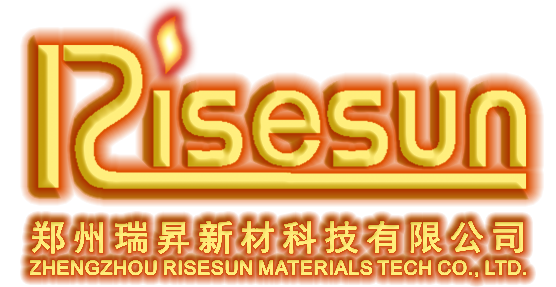11
2025
-
04
Understanding SIC Heating Elements: The Key to Efficient Heating Solutions
Silicon carbide (SIC) heating elements are renowned for their high-temperature resistance and thermal efficiency, making them an essential choice for various heating applications. Constructed from silicon carbide, these heating elements can operate at temperatures exceeding 1600°C (2912°F), which makes them suitable for processes requiring intense heat. Their ability to maintain performance at hig
Silicon carbide (SIC) heating elements are renowned for their high-temperature resistance and thermal efficiency, making them an essential choice for various heating applications. Constructed from silicon carbide, these heating elements can operate at temperatures exceeding 1600°C (2912°F), which makes them suitable for processes requiring intense heat. Their ability to maintain performance at high temperatures is one of the primary reasons they are favored in industries such as ceramics, glass, and metal processing.
One of the standout features of SIC heating elements is their excellent thermal conductivity. This property allows for rapid heating and uniform temperature distribution within the heating zone, which is crucial in processes where precise temperature control is necessary. Additionally, SIC heating elements exhibit a high level of resistance to oxidation and chemical corrosion, ensuring longevity and reduced maintenance costs in harsh environments.
When considering SIC heating elements for your applications, it's essential to understand their operational characteristics. These elements typically operate in a self-supporting manner, which means they can be arranged in various configurations to optimize space and heating efficiency. This adaptability is particularly beneficial in custom heating solutions where specific design layouts are required.
Energy efficiency is another significant advantage of SIC heating elements. Their ability to achieve higher temperatures with less energy consumption can lead to lower operational costs over time. This efficiency not only benefits your bottom line but also contributes to sustainability efforts within your organization by reducing overall energy usage.
SIC heating elements are also compatible with various applications, including industrial furnaces, kilns, and laboratory equipment. Their versatility makes them suitable for a wide range of processes, from sintering ceramics to metal heat treatment. Moreover, they can be used in both direct and indirect heating applications, providing flexibility in how heat is applied.
In terms of installation, SIC heating elements are straightforward to integrate into existing systems. However, it's essential to follow manufacturer's guidelines to ensure optimal performance and safety. Proper installation can maximize the lifespan of the heating elements and enhance the efficiency of the heating system.
In conclusion, SIC heating elements offer a robust and efficient solution for high-temperature applications across multiple industries. Their exceptional properties, including high-temperature resistance, thermal efficiency, and versatility, make them an ideal choice for professionals looking to enhance their heating solutions. Understanding the advantages and applications of SIC heating elements will help you make informed decisions that improve performance and operational efficiency in your projects.
One of the standout features of SIC heating elements is their excellent thermal conductivity. This property allows for rapid heating and uniform temperature distribution within the heating zone, which is crucial in processes where precise temperature control is necessary. Additionally, SIC heating elements exhibit a high level of resistance to oxidation and chemical corrosion, ensuring longevity and reduced maintenance costs in harsh environments.
When considering SIC heating elements for your applications, it's essential to understand their operational characteristics. These elements typically operate in a self-supporting manner, which means they can be arranged in various configurations to optimize space and heating efficiency. This adaptability is particularly beneficial in custom heating solutions where specific design layouts are required.
Energy efficiency is another significant advantage of SIC heating elements. Their ability to achieve higher temperatures with less energy consumption can lead to lower operational costs over time. This efficiency not only benefits your bottom line but also contributes to sustainability efforts within your organization by reducing overall energy usage.
SIC heating elements are also compatible with various applications, including industrial furnaces, kilns, and laboratory equipment. Their versatility makes them suitable for a wide range of processes, from sintering ceramics to metal heat treatment. Moreover, they can be used in both direct and indirect heating applications, providing flexibility in how heat is applied.
In terms of installation, SIC heating elements are straightforward to integrate into existing systems. However, it's essential to follow manufacturer's guidelines to ensure optimal performance and safety. Proper installation can maximize the lifespan of the heating elements and enhance the efficiency of the heating system.
In conclusion, SIC heating elements offer a robust and efficient solution for high-temperature applications across multiple industries. Their exceptional properties, including high-temperature resistance, thermal efficiency, and versatility, make them an ideal choice for professionals looking to enhance their heating solutions. Understanding the advantages and applications of SIC heating elements will help you make informed decisions that improve performance and operational efficiency in your projects.



